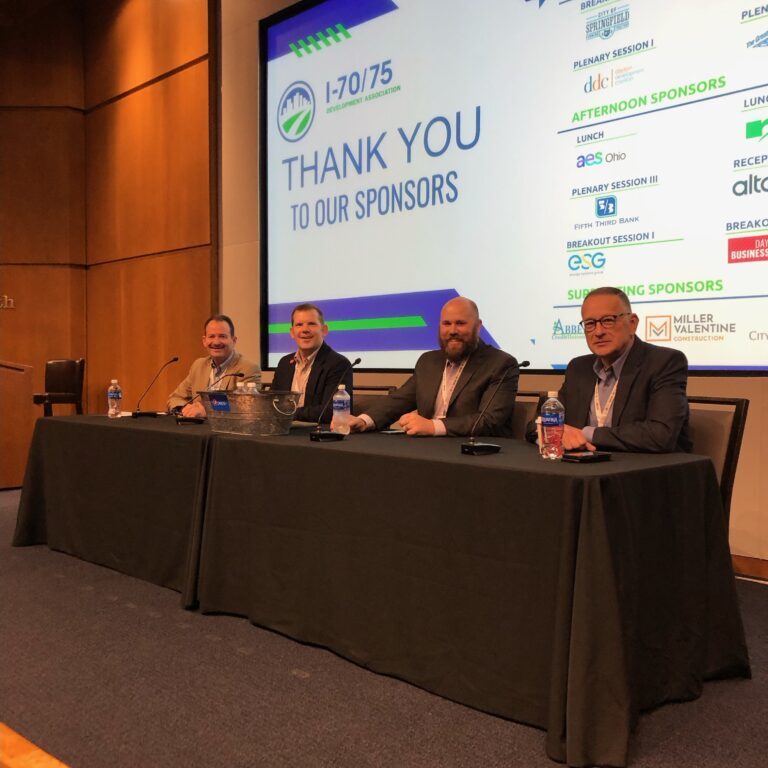When it comes to energy performance and tracking, there’s good news for school districts. The days of cumbersome energy performance contracts (EPC) are behind us. The EPC market has matured significantly in the past 10 years, and in favor of clients.
Gone are the high margins and onerous processes that once characterized EPC projects. For K-12 district administrators, that means it’s easier than ever to upgrade aging infrastructure, improve learning environments, and cut energy costs — all without increasing your capital budget or asking the authorities for additional funding. It also means every $1 million in energy saved translates into $10 million in avoided capital requirements.
And with all of the Federal, State and Local rebates and incentives currently available, the timing couldn’t be better.
Funding Infrastructure Upgrades Without Touching Your Capital Budget
First, it’s important to define what an EPC is — and how you can use it to bridge the gap between capital needs and the inflation-induced budget shortfalls plaguing K-12 districts. An EPC is a budget-neutral approach for making building improvements that reduce energy use and increase operational efficiency. By partnering with an energy service company (ESCO), school districts can use an EPC to pay for today’s facility upgrades with tomorrow’s energy and operational savings. In other words, EPCs are self-funding, and you won’t have to increase your capital budget.
The EPCs of the past focused on maximizing energy savings and project size. They have since evolved into a right-sized approach with a single point of accountability. This tailored style all but eliminates any construction risk for the client. In fact, school districts across the country are relying on EPCs to achieve other goals, such as:
- Improving the learning environment with better lighting; consistent comfort; air quality, humidity, and climate control; acoustical improvements; teaching enhancements; SMART Boards; and intelligent building controls
- Upgrading student safety and building security with key-card access, security vestibules, bullet-resistant window film, and cameras
- Creating a healthy environment with touch-free doors, improved indoor air quality, ultraviolet lights, and better building control
- Supporting other mission-critical needs, such as operations and maintenance, closing the budget gap on new construction, deferred maintenance, and transportation
- Meeting decarbonization targets and supporting environmental, social, governance, and sustainability goals
It is not uncommon to use the energy savings of an LED upgrade to offset the cost of building security or classroom improvements. By paying for itself, the EPC enables districts to allocate their capital dollars to other mission-critical needs.
A More Streamlined Evaluation Process
But what about the up-front costs? As many seasoned operations and business services staff can attest, EPCs used to be an invasive and arduous process. District staff would be tasked with sitting through hours-long meetings, tracking down three years of utility data, and chaperoning ESCO staff on building tours. The request for proposal (RFP) process was cumbersome and expensive, with 100+-page responses and data that could literally take weeks to evaluate and score.
Those days are over. Now a modern-day ESCO can gather essential data through a conversation with an experienced technician and a sample of utility data. This is made possible by comparing a district’s building metrics with an ever-growing database of building performance metrics of like buildings within a similar geography.
The RFP process has also improved. School districts can now tap into several selection vehicles, such as purchasing co-ops, owner’s reps, or a request for qualifications process that prioritizes qualifications and representative pricing. Unlike your grandfather’s EPC, the industry now embraces transparency, communication, and open book pricing.
For districts, this means fewer resources are required to determine if a project is viable and to select the right ESCO partner.
Greater Value with Less Risk
In addition to less personnel commitment on the front end, there’s also less financial risk for districts.
With today’s EPCs, there are no upfront costs during the investment grade audit, which is when the project is designed in partnership with the ESCO. The school district remains in control of the project scope and has final say on what’s included. There’s no need to come up with funds to hire a design firm or conduct an engineering evaluation. It’s all included. As a result, school districts with tight budgets can still advance their projects off the starting blocks.
In addition, the point of an EPC is to make infrastructure improvements that can be paid for through energy savings. If the savings fall short, the ESCO will pay the difference. This performance guarantee is the backbone of the EPC.
Herein is another important departure from the past. Many early EPCs appeared to fall short of their promised savings for a variety of reasons, which resulted in a blame game. In the past decade, the measurement and verification (M&V) field has matured significantly. Standardized M&V protocols are now in place, new technologies make it easier to accurately measure and report on performance, independent experts are more readily available, and expectations have been set by the industry and governing bodies.
More Than a Coat of Paint – Finding the Right Partner
When fully realized, an EPC is so much more than a lighting upgrade or an exercise in behavior modification. It’s an “easy button” to make necessary upgrades with less construction risk and one point of contact from start to finish.
When you partner with an ESCO, you have access to an entire team of experienced energy experts to holistically review your complete portfolio for energy conservation and facility improvement measures. They can provide expert advice on all aspects of energy management, from the latest energy-saving technologies to guidance on IRA direct pay subsidies.
In terms of tangible results, when the project has been successfully executed, you will have:
- New, energy-efficient equipment that you own
- A better learning environment for students
- A reduced utility and maintenance budget
- A right-sized and not least-sized project
- A smaller backlog of deferred maintenance
In creating a win for your district, you can increase community pride and sense of ownership in your accomplishments. And not least of all, you’ll have new school features to celebrate. That’s a win-win-win that will benefit your school district for years to come.
Brett B. Daniels, CEM, REP, CMVP, CLEP is an account executive with Energy Systems Group (ESG) and board of directors for the Association of Energy Engineers – Baltimore. He can be reached at 443.248.0287 or bdaniels@esg.email. From the initial energy audit and engineering through long-term measurement and verification of project savings, ESG designs and implements solutions that fit the needs of individual K-12 districts to deliver significant energy and operational cost savings and environmental and educational benefits.



